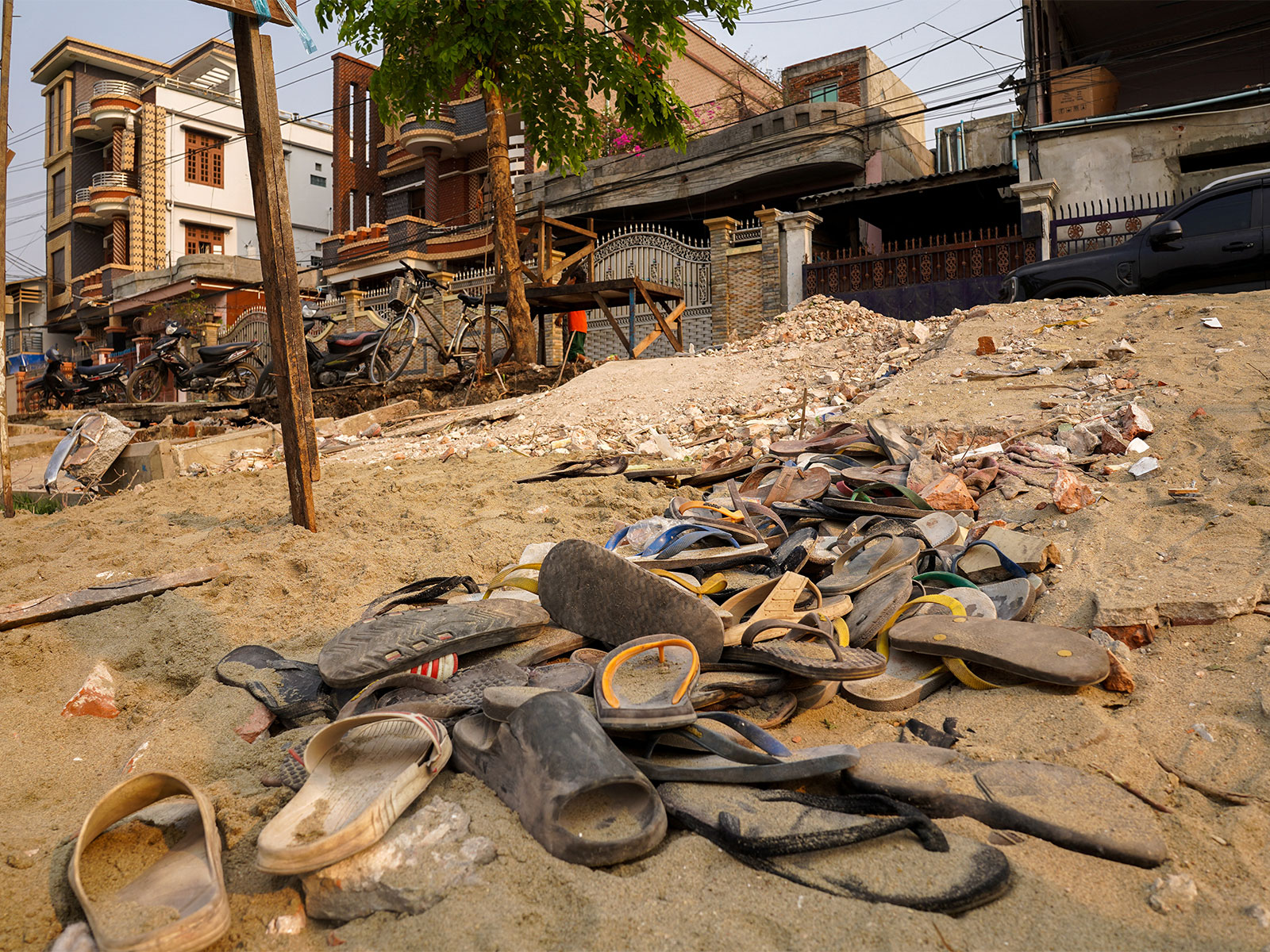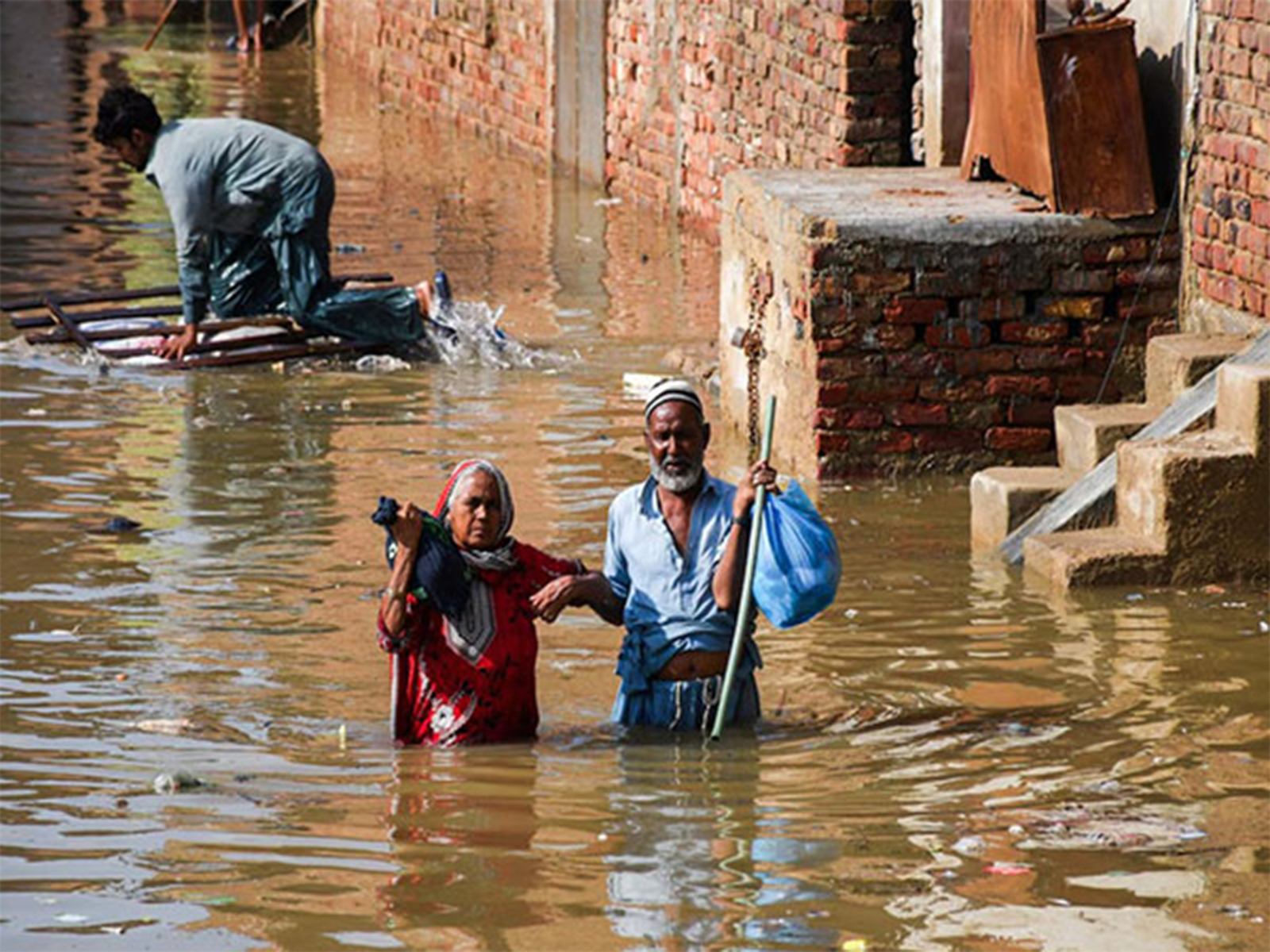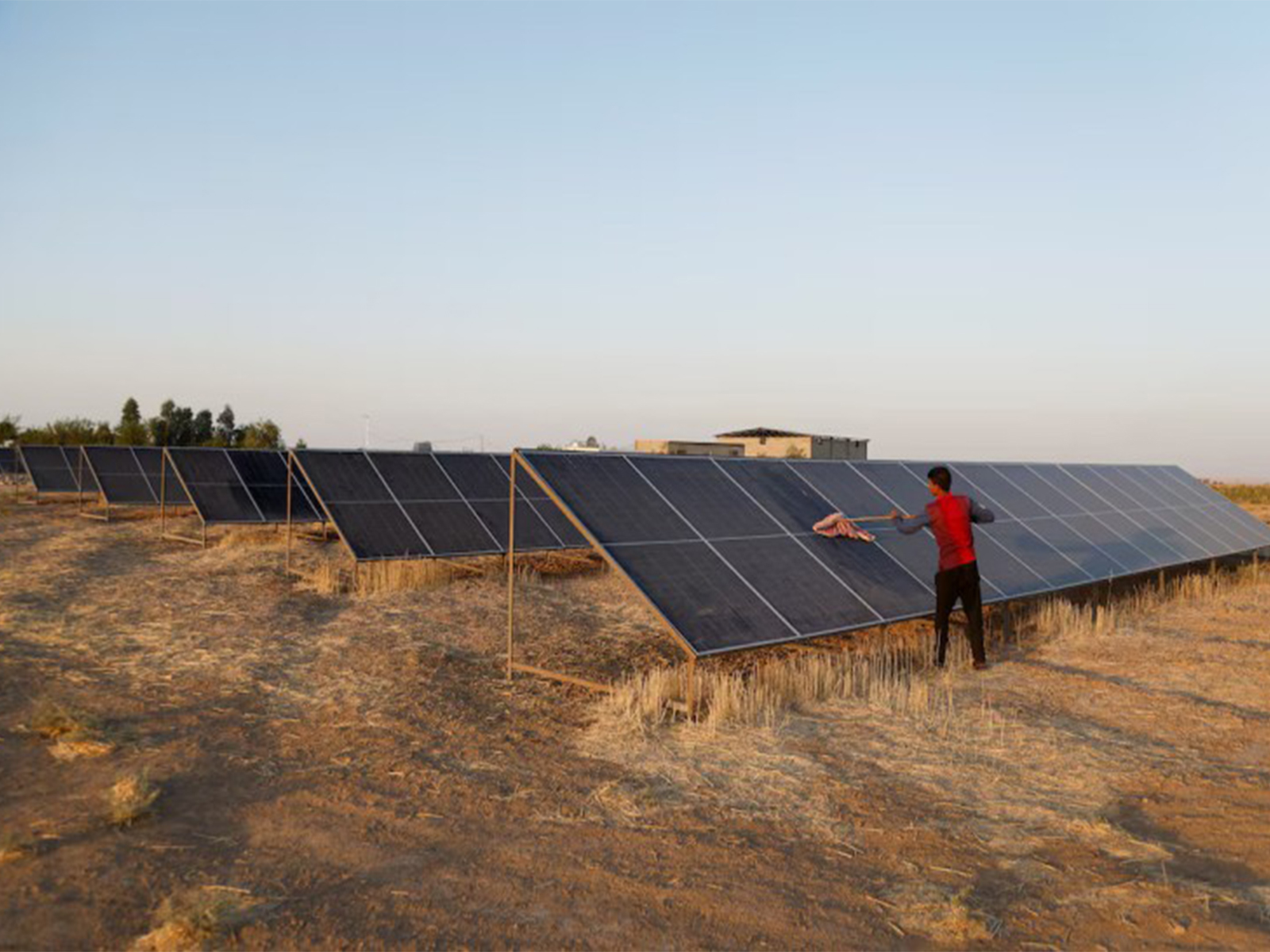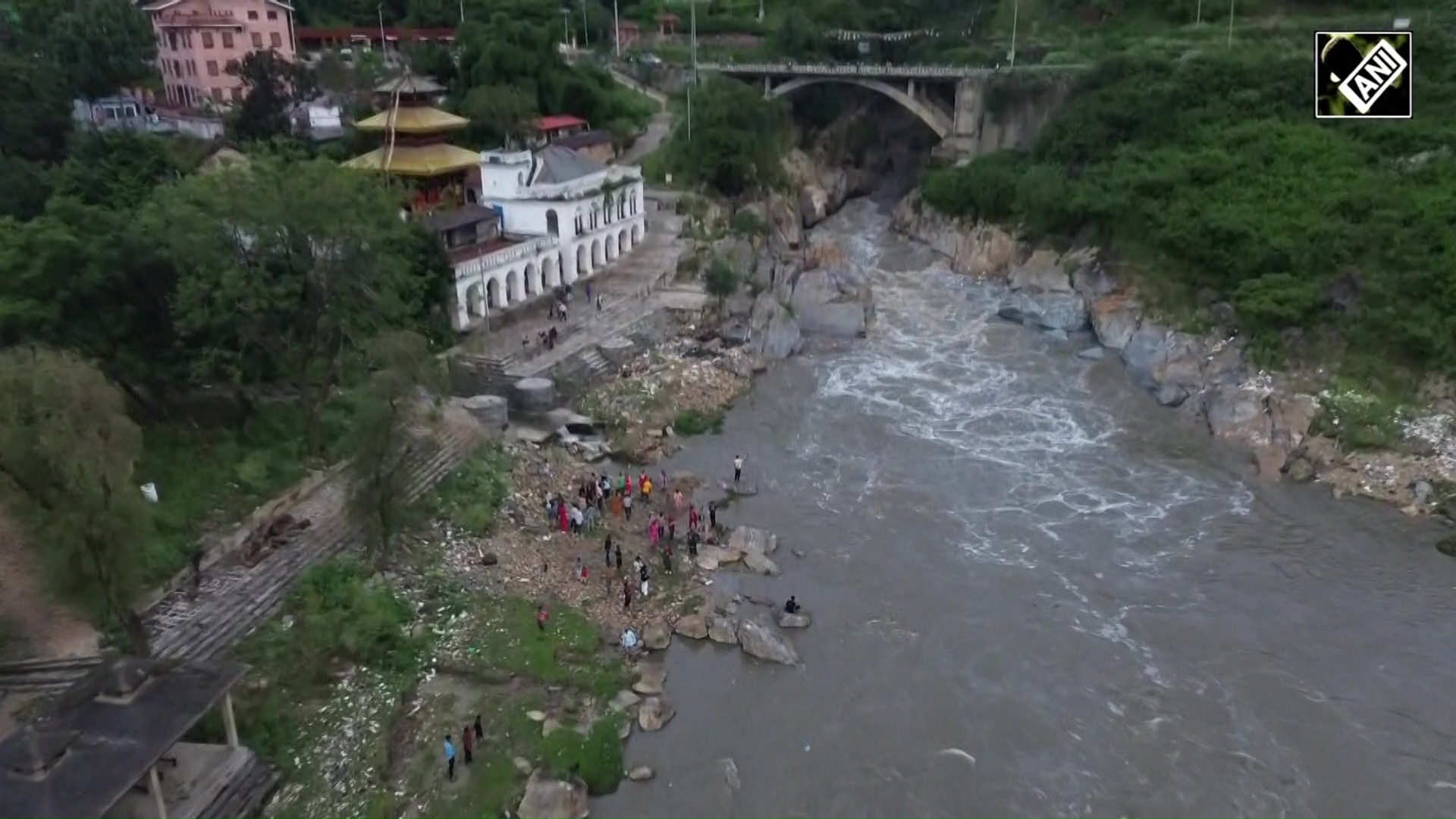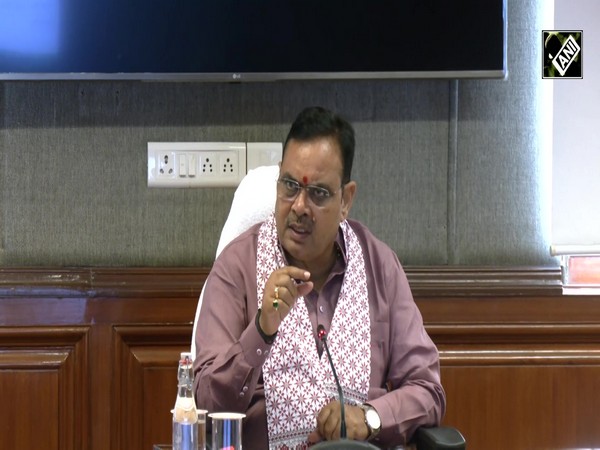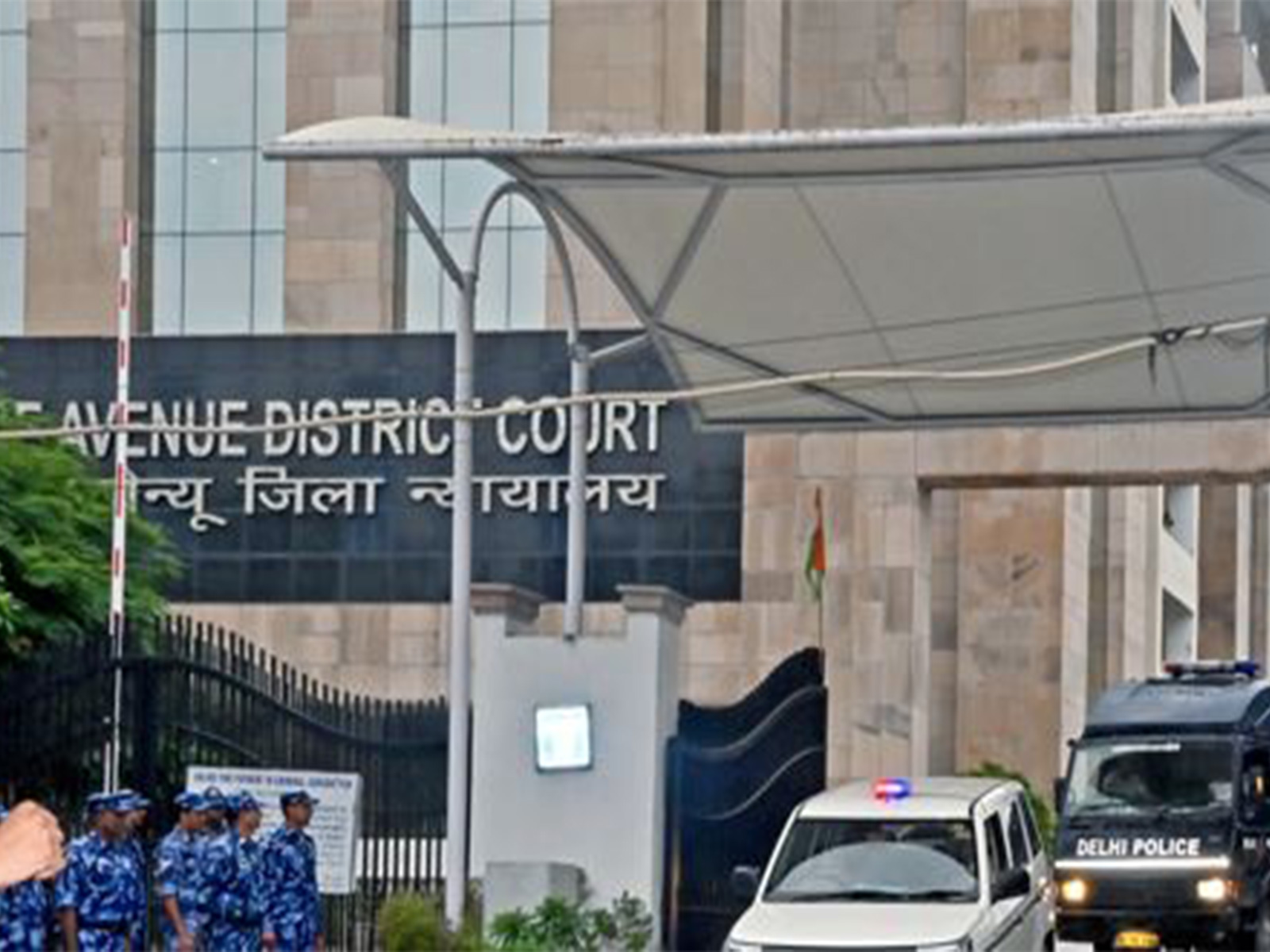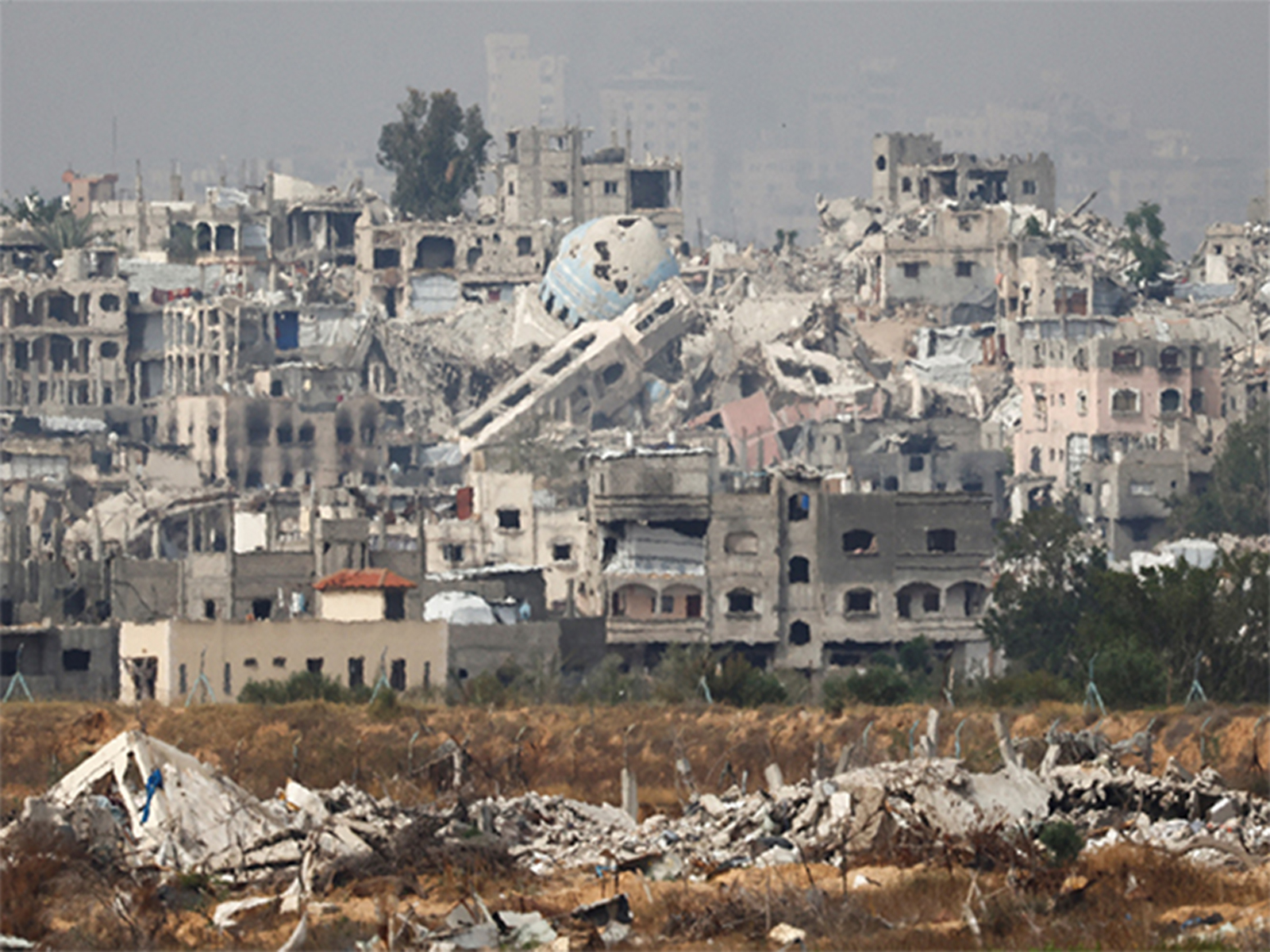
Earthquake of magnitude 4.5 strikes Tajikistan
Sep 20, 2025
Dushanbe [Tajikistan], September 20 : An earthquake of magnitude 4.5 struck Tajikistan on Saturday afternoon, as reported by the National Centre for Seismology.
Sharing the details in a post on X, NCS said that the earthquake occurred at 01:16 PM (Indian Standard Time), at a depth of 10 kms.
"EQ of M: 4.5, On: 20/09/2025 13:16:46 IST, Lat: 37.85 N, Long: 73.30 E, Depth: 10 Km, Location: Tajikistan."
https://x.com/NCS_Earthquake/status/1969310099576377434
Shortly earlier, an earthquake of magnitude 4.2 had also struck Tajikistan.
"EQ of M: 4.2, On: 20/09/2025 12:40:05 IST, Lat: 37.47 N, Long: 72.63 E, Depth: 10 Km, Location: Tajikistan", NCS wrote on X.
https://x.com/NCS_Earthquake/status/1969300418619719801
Tajikistan is a mountainous country with diverse topography and is especially vulnerable to climate hazards. It is prone to earthquakes, floods, drought, avalanches, landslides and mudslides. The most vulnerable areas are the glacier-dependent river basins supplying hydropower and water resources for irrigation, fragile mountain ecosystems and isolated forest with mountainous and riverine terrain which makes it prone to landslides and land degradation.
As per the World Bank Climate Change Knowledge Portal, climate change is exacerbating Tajikistan's vulnerabilities, given that 30 per cent of glaciers are predicted to disappear by 2050. Tajikistan also remains one of the most isolated countries in the world - a situation made worse by landslides, debris flows and floods that can render bridges unsafe and roads impassable and, through time, weaken the flood defences which protect its most exposed communities. Over and above this chronic challenge is the threat of rare but potentially devastating earthquakes, with more than 60 per cent of the country located in zones of high seismic risk.
Tajikistan's infrastructure is gradually deteriorating as a result of insufficient maintenance and repeated exposure to natural hazards. As per Global Facility for Disaster Reduction and Recovery, it is important to blend hazard information and climate change scenarios with local knowledge in the design of newly constructed and/or rehabilitated infrastructure assets to improve resilience overtime.




